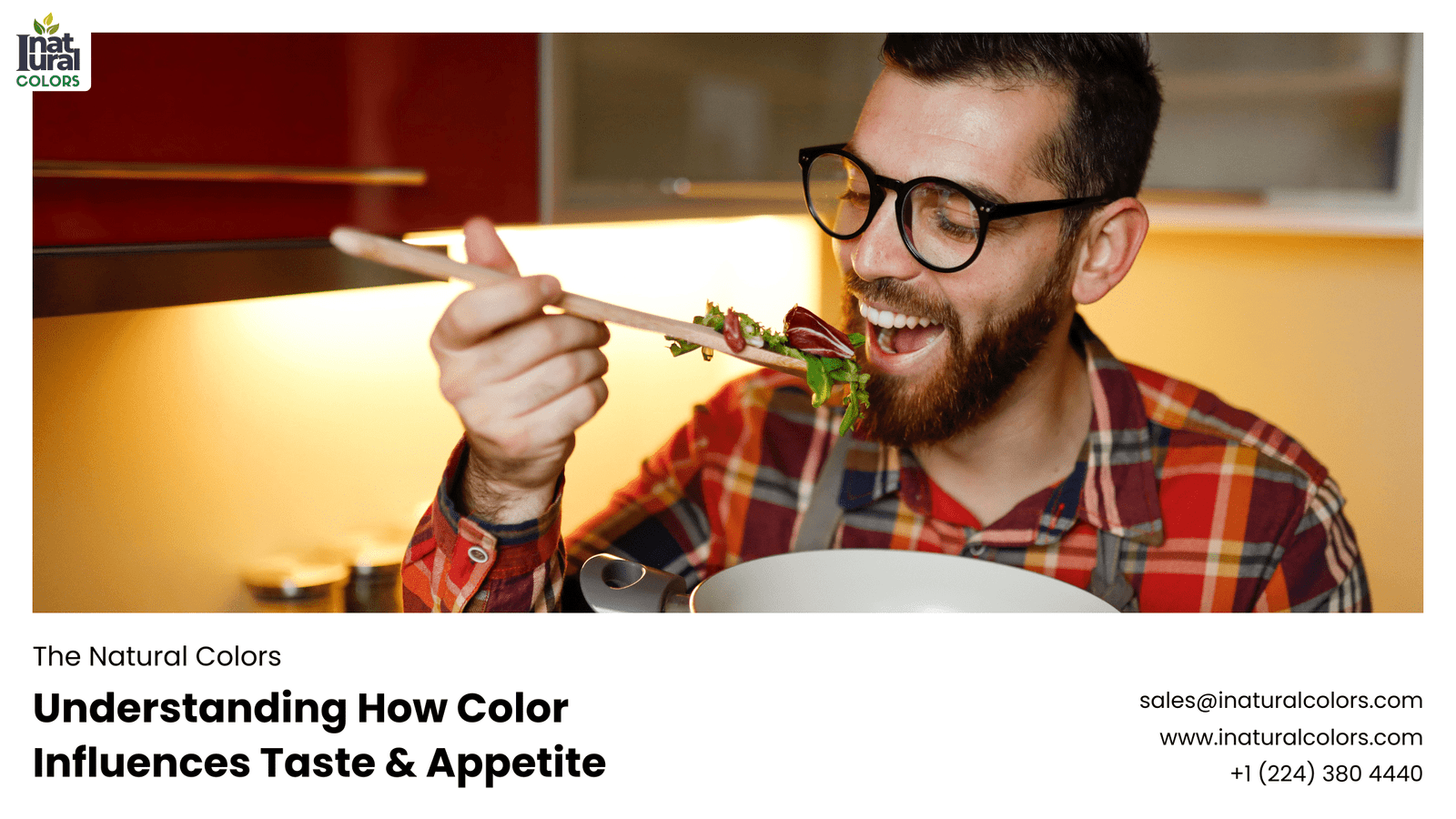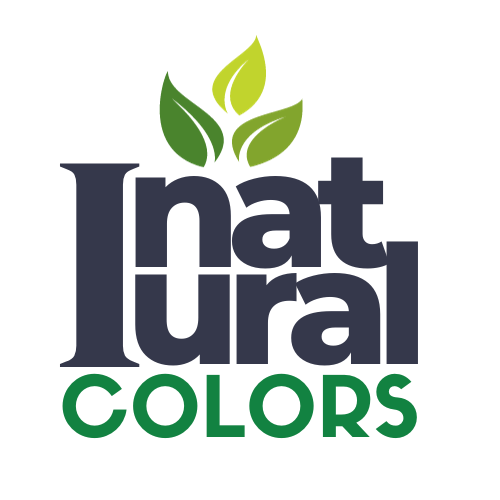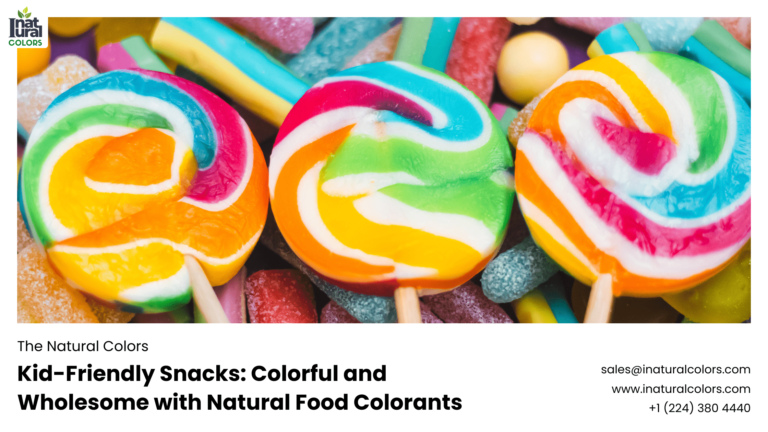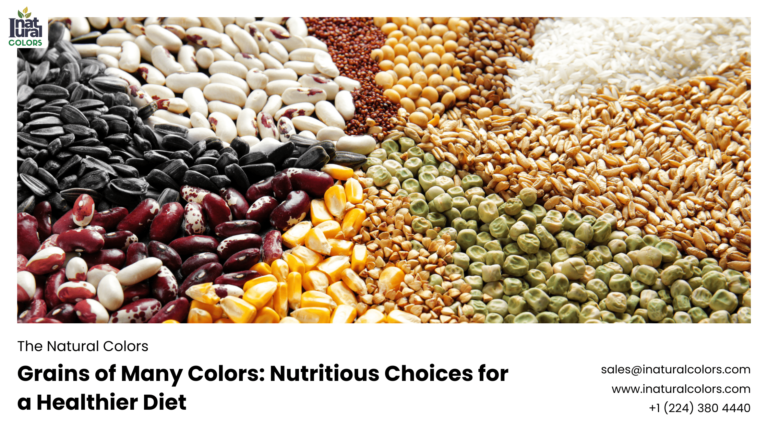Beautiful Plants For Your Interior

Color Perception in Food – Introduction
Have you ever wondered why that juicy red apple looks so appetizing or why blue candy feels a bit off-putting? The color of our food plays a crucial role in how we perceive its taste, freshness, and overall appeal. Color perception in food is a fascinating blend of science, psychology, and culture, shaping our eating habits and preferences in more ways than we might realize.
The Basics of Color Perception
How We See Color
Our ability to see color starts with light. Light is made up of different wavelengths, each corresponding to a different color. When light hits an object, some wavelengths are absorbed, and others are reflected. The reflected wavelengths are what we perceive as color. For example, a red apple absorbs all colors except red, which is reflected and detected by our eyes.
The Role of the Human Eye and Brain
Our eyes contain photoreceptor cells called rods and cones. Rods are sensitive to light and dark, while cones are responsible for detecting color. There are three types of cones, each sensitive to red, green, or blue light. When these cones are stimulated in different combinations, our brain interprets the signals as various colors.
Color and Food Perception
Psychological Impact of Food Color
The color of food can influence our psychological state and expectations. Brightly colored foods are often perceived as more flavorful and appealing, while dull or unnatural colors can deter us from eating. For instance, we might associate vibrant green with fresh, healthy vegetables, whereas a grayish hue might suggest spoilage.
How Color Affects Taste and Flavor Perception
Color can also trick our brain into expecting certain flavors. Studies have shown that people often perceive colored drinks as tasting different, even if the flavor is the same. A strawberry-flavored drink dyed orange might be mistaken for an orange flavor, illustrating how our senses of sight and taste are interconnected.
The Role of Evolution in Color Perception
Evolutionary Reasons for Color Preferences
Our preference for certain food colors can be traced back to evolution. Bright colors in fruits and vegetables often signal ripeness and nutrient richness. Conversely, dull or dark colors might indicate spoilage or toxicity, prompting our ancestors to avoid such foods for survival.
Examples from Nature
Consider the bright red of a ripe strawberry or the vivid orange of a carrot. These colors attract our attention and encourage us to consume them, thanks to their high nutritional value. In contrast, the dark, muted colors of spoiled or poisonous foods serve as a natural deterrent.
Cultural Influences on Food Color Perception
Different Cultures and Their Color Associations
Color associations can vary significantly across cultures. In Western cultures, green is often associated with freshness and health, while in some Asian cultures, white is a symbol of purity and is used in many traditional foods.
How Cultural Background Influences Taste
Our cultural background can shape our taste preferences and perceptions of food colors. For instance, in Japan, pink is a popular color for food during cherry blossom season, symbolizing renewal and beauty. This cultural significance enhances the appeal of pink-colored foods during this time.
The Impact of Food Color on Appetite
Colors That Stimulate Appetite
Certain colors are known to stimulate appetite. Red, for instance, is often used in restaurant decor and food packaging because it is believed to increase heart rate and excite the senses, making food appear more appealing and delicious.
Colors That Suppress Appetite
On the other hand, colors like blue and black are less common in nature and can suppress appetite. Blue is particularly rare in natural foods and can be perceived as unappetizing, possibly because it is often associated with spoilage and mold.
Color Additives in Food
Natural vs. Artificial Colorants
The use of color additives in food has a long history, with both natural and artificial options available. Natural colorants are derived from plants, animals, and minerals, while artificial colorants are synthesized in laboratories.
Safety and Regulations
Regulatory bodies like the FDA oversee the use of color additives to ensure they are safe for consumption. While natural colorants are generally considered safer, artificial colorants are rigorously tested and monitored to prevent adverse health effects.
The Science Behind Natural Food Colorants
Sources of Natural Food Colorants
Natural food colorants come from a variety of sources. For example, beetroot powder is used for red, turmeric for yellow, and spirulina for blue. These sources are not only safe but also offer additional nutritional benefits.
Benefits of Using Natural Colorants
Using natural colorants can enhance the appeal of food while avoiding potential health risks associated with artificial additives. They are also more environmentally friendly and can cater to the growing consumer demand for clean-label products.
Artificial Food Colorants
Common Artificial Food Colorants
Common artificial colorants include Red 40, Yellow 5, and Blue 1. These colorants are popular because they provide vibrant, consistent colors that are difficult to achieve with natural sources.
Potential Health Concerns
Despite their widespread use, artificial colorants have been linked to various health concerns, including allergies and hyperactivity in children. As a result, there is a growing movement towards reducing or eliminating artificial colorants in foods.
Technological Advances in Food Coloring
Innovations in Natural and Synthetic Colorants
Advancements in food science have led to new methods of extracting and synthesizing colorants. These innovations aim to produce more stable, vibrant colors from natural sources and create safer synthetic options.
Future Trends in Food Coloring
Future trends in food coloring include the development of bioengineered colorants and the use of nanotechnology to create more vivid and stable colors. These advancements promise to meet consumer demands for safe, natural, and visually appealing foods.
Case Studies: The Impact of Color on Specific Foods
Beverages
Color plays a significant role in the beverage industry. Brightly colored drinks are often associated with fruity, refreshing flavors, while darker colors may suggest richness and depth.
Confectionery
In confectionery, vibrant colors are used to attract children and create a fun, appealing product. The use of color is crucial in differentiating flavors and enhancing the visual appeal of sweets and candies.
Savory Foods
Even in savory foods, color can influence perception. For instance, the golden-brown color of baked goods signals doneness and deliciousness, while the vibrant green of herbs and vegetables suggests freshness and health.
Consumer Perception and Marketing
The Role of Color in Food Marketing
Color is a powerful tool in food marketing. Brands use color to create a specific image and attract their target audience. For example, green packaging often appeals to health-conscious consumers, while red can evoke excitement and indulgence.
Case Studies on Successful Marketing Strategies
Successful marketing strategies often leverage color to create a strong brand identity and attract consumers. Examples include the use of red and yellow in fast food logos to stimulate appetite and the use of green in organic and health food brands to signify natural and wholesome products.
Color Blindness and Food Perception
Understanding Color Blindness
Color blindness affects a significant portion of the population and can alter the perception of food colors. Understanding how color-blind individuals perceive food is important for inclusive food marketing and product development.
Adjustments in Food Industry for Color-Blind Individuals
The food industry is beginning to consider color blindness in product design and marketing. This includes using patterns and textures, along with color, to convey information and ensure that food is appealing to everyone.
Practical Tips for Choosing Food Colors
Tips for Home Cooks and Food Producers
Choosing the right color for your food can enhance its appeal and taste perception. Home cooks and food producers should consider natural color sources and be mindful of the psychological impact of different colors.
Balancing Aesthetics and Health
While vibrant colors can make food more appealing, it’s important to balance aesthetics with health considerations. Opting for natural colorants and avoiding excessive use of artificial additives can help achieve this balance.
Conclusion
The science of color perception in food is a complex interplay of biology, psychology, and culture. Understanding how color affects our perception of food can enhance our eating experience and inform better choices in food production and marketing. Whether you’re a home cook looking to make your dishes more appealing or a food producer aiming to attract consumers, the power of color should not be underestimated.
FAQs
How does color affect taste perception?
Color can create expectations about flavor, influencing how we perceive taste. For example, red foods might be expected to taste sweet, while green foods might be perceived as more refreshing.
Are natural food colorants better than artificial ones?
Natural food colorants are generally considered safer and healthier than artificial ones. They come from natural sources and often provide additional nutritional benefits.
What are some common natural food colorants?
Common natural food colorants include beetroot powder (red), turmeric (yellow), and spirulina (blue). These colorants are derived from plants and are safe for consumption.
Can food colorants cause allergies?
Some food colorants, particularly artificial ones, can cause allergic reactions in sensitive individuals. It’s important to check ingredient labels and choose colorants that are safe for your dietary needs.
How can I choose the right color for my homemade dishes?
When choosing colors for homemade dishes, consider using natural sources like fruits and vegetables. Think about the psychological impact of colors and aim for a balance between aesthetics and health.



